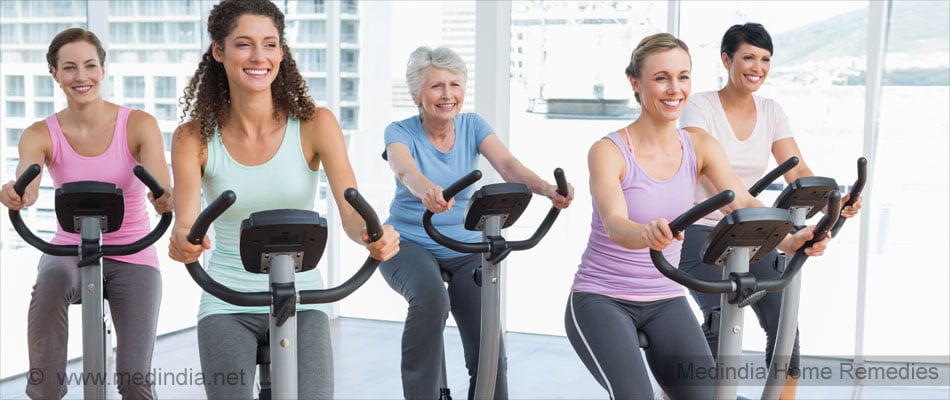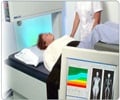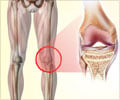What is Osteoporosis?
Osteoporosis is a condition of the bones, where the bones become thin, brittle, and break easily. Approximately 200 million people in the world suffer this condition. Osteoporosis occurs due to the combined effect of low bone density and disintegration of the internal microarchitecture of the bone. Fractures are most often observed in the bones of the wrist, hip, and the spine. However, the condition affects other bones as well. Osteoporosis results in a change in bone mineral density and affects the quality of the bone. Bone density is the concentration of mineral per unit volume or area of the bone. It includes a combination of bone mass and quantity of bone loss. Older people, especially women who go through menopause, are invariably at risk for osteoporosis. However, it is now understood that adolescents and children who do not show appropriate bone growth tend to suffer osteoporosis at an early age. Depending on the extent of the fragility of the bone, individuals may develop fractures from mild actions such as coughing, bending, falls, bumps, or lifting.
Osteoporosis is observed more frequently in Asian men and women as well as non-Hispanic white men and women. On the other hand, Hispanic women and African-American women show a lower risk of osteoporosis.
Causes and Risk Factors:
Osteoporosis occurs when the rate of bone loss is higher than the rate of bone formation. This condition may also occur due to other causes. Following are some of the main causes of osteoporosis:
- Age
- Hormone levels
- Optimal bone mass
- Quality of the bone
- Diseases and medications
- Menopause
- Alcohol consumption
- Smoking
- Surgery
- Genetic predisposition
- Body size
- Diet
- Caffeine
Home Remedies for Osteoporosis
Exercises: Resistance exercises such as elastic bands, lifting weights are recommended to increase bone density in elderly individuals as well as in improving the bone mass and strengthening the muscles in young women. Dancing, walking, running, climbing stairs improve the reflexes, besides improving the muscle, the flexibility of joints, and the bone strength. Tai-chi is an example of an exercise that promotes good physical balance and avoids falls and fractures.

Vitamin D and Calcium: Women, who go through menopause, are candidates for bone loss. It is highly recommended that milk, figs, yoghurt, sardines, and salmon rich in calcium should be consumed. Vitamin D enables the calcium to be absorbed by the body. Calcium supplements can also be consumed with the doctor’s recommendation.
Prevent falls: Individuals affected with osteoporosis should maintain good vision and hearing to avoid unnecessary falls and fractures. One must also wear appropriate non-skid footwear. Non-slip mats and floor tiles with a matte finish are appropriate in the home environment.
Milk recipes: Milk drinks are a good source of calcium and are natural home remedies for osteoporosis.
A cup of warm milk that is mixed with a teaspoon of toasted sesame powder can be consumed 3 to 4 times a day.
A cup of warm milk (goat, soy, or cow) can be ground with a few almonds (peeled and soaked in water overnight) and consumed every day.

Fruits and vegetables: Some of the other minerals supplements that show limited evidence of being useful in preventing osteoporosis are potassium (bananas, broccoli), magnesium (pineapples, oats, spinach, tea, cereal, beans), and boron (apples, peanuts, hazelnuts, dates, pears, raisins, peaches, grapes) among others. Leafy vegetables, such as spinach, kale, lettuce, and orange juice (vitamin C) are also useful in preventing osteoporosis.
Avoid or limit smoking, alcohol, and caffeine intake









